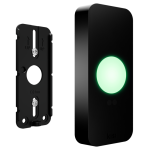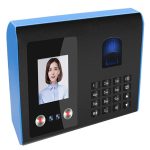Introduction to Facial Recognition Technology
Facial recognition technology has seen rapid advancements, evolving from a futuristic concept into everyday use. This innovation uses algorithms to map facial features and match them to identify individuals. As a form of biometric authentication, it compares captured facial data with stored images to confirm identities. Today, facial recognition applications span various sectors, from unlocking smartphones to enhancing airport security. Despite its growth, ethical and privacy issues raise concerns, highlighting the importance of responsible use. This technology’s presence in mobile devices has boosted security features, making facial recognition a key player in data protection efforts. In healthcare, it aids genetic analysis and improves patient care. The financial sector employs facial recognition for secure banking experiences, while law enforcement uses it for surveillance and safety. Access control systems have also become more sophisticated with this technology. Beyond security, facial recognition personalizes user experiences, promising an even wider, future scope.
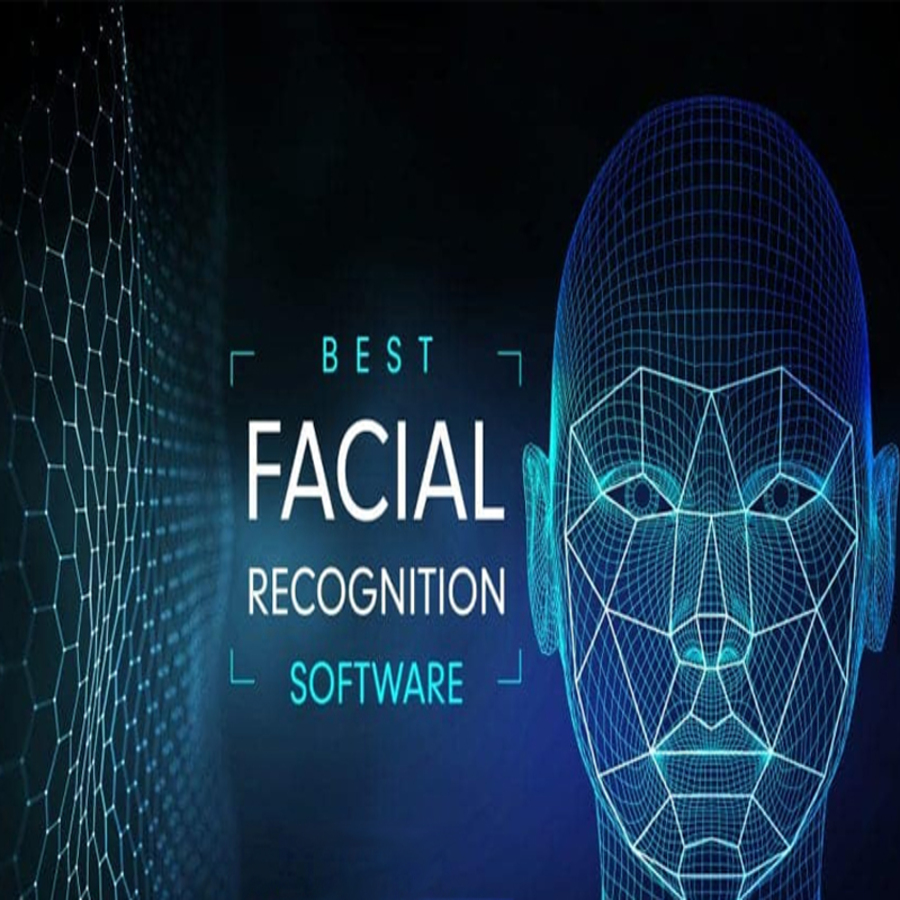
Exploring the Latest Innovations in Facial Recognition
Recent advances in facial recognition push the boundaries of speed and accuracy. Developers have fine-tuned algorithms for better performance in varied lighting and angles. New systems can even identify individuals in crowds, boosting public safety efforts.
Breakthroughs in Speed and Real-time Processing
Innovations in computing power allow facial recognition to process data faster. Now, identifying a face from a live feed happens in mere seconds. This progress benefits sectors like airport security, where quick identification is crucial.
Enhanced Accuracy with Deep Learning
Deep learning models have improved facial recognition accuracy. They analyze vast amounts of data to distinguish subtle facial features. This results in fewer false positives and enhances trust in the technology.
Recognition in Diverse Conditions
Tech advancements now enable facial recognition to work in diverse conditions. Systems can reliably identify faces in low light, or even when part of the face is covered, widening the range of applications.
3D Facial Mapping for Improved Security
3D facial mapping adds depth data to the facial recognition process. This method makes it harder to deceive systems with photos or videos, fortifying security across various platforms.
Anti-spoofing Measures
Anti-spoofing measures are now integral to facial recognition systems. By detecting signs of a live person, these measures prevent unauthorized access using masks or other fake representations.
Privacy-enhancing Technologies
With privacy concerns on the rise, facial recognition is integrating privacy-enhancing technologies. These include methods to abstract facial data, ensuring identity verification without storing detailed biometric information.
The future of facial recognition looks promising. As innovations emerge, they bring new ways to apply this technology, while striving to maintain ethical standards and privacy protections.
Ethical and Privacy Considerations of Facial Recognition
As facial recognition applications spread, ethical and privacy concerns grow. People worry about how these systems use personal data. They fear misuse could lead to identity theft or loss of privacy. Laws like GDPR and BIPA aim to protect biometric data. Still, some feel these aren’t enough. Companies must get clear consent before collecting facial data. They should tell users how they use and protect this information. Trust is key with sensitive biometric data. Without proper safeguards, facial recognition could infringe on personal freedoms.
Transparency and Accountability
Users should know when and how facial recognition is used. Companies must share their use policies openly. They need to show they are accountable for data handling. If an incident occurs, they must report it quickly. They also have to explain any decisions made by facial recognition systems. Clear policies help build user trust in these technologies.
Consent and Opt-Out Options
Before collecting facial data, companies should get explicit consent. They should explain what they’ll do with the data. Users should have the option to say no. This gives them control over their biometric information. Users should be able to opt out of facial recognition systems easily. Without consent and choice, the use of facial recognition could be seen as invasive.
Data Security Measures
Strong security measures are a must. They protect facial data from hacks and leaks. Steps include encrypting data and limiting access to it. Companies should follow best practices to keep data safe. They should update systems to tackle new security challenges. This shows they take the protection of user data seriously.
Impact on Vulnerable Groups
Certain groups may face more risks with facial recognition. Children and marginalized groups could be harmed if data is misused. We need clear rules on how to use facial recognition with these groups. Policies should protect them from potential harm. Everyone has the right to privacy and security, regardless of age or background.
Ethical and privacy considerations of facial recognition shape its future. As technology evolves, so should our approach to protecting individual rights. Balancing innovation with respect for privacy is crucial for ethical facial recognition use.
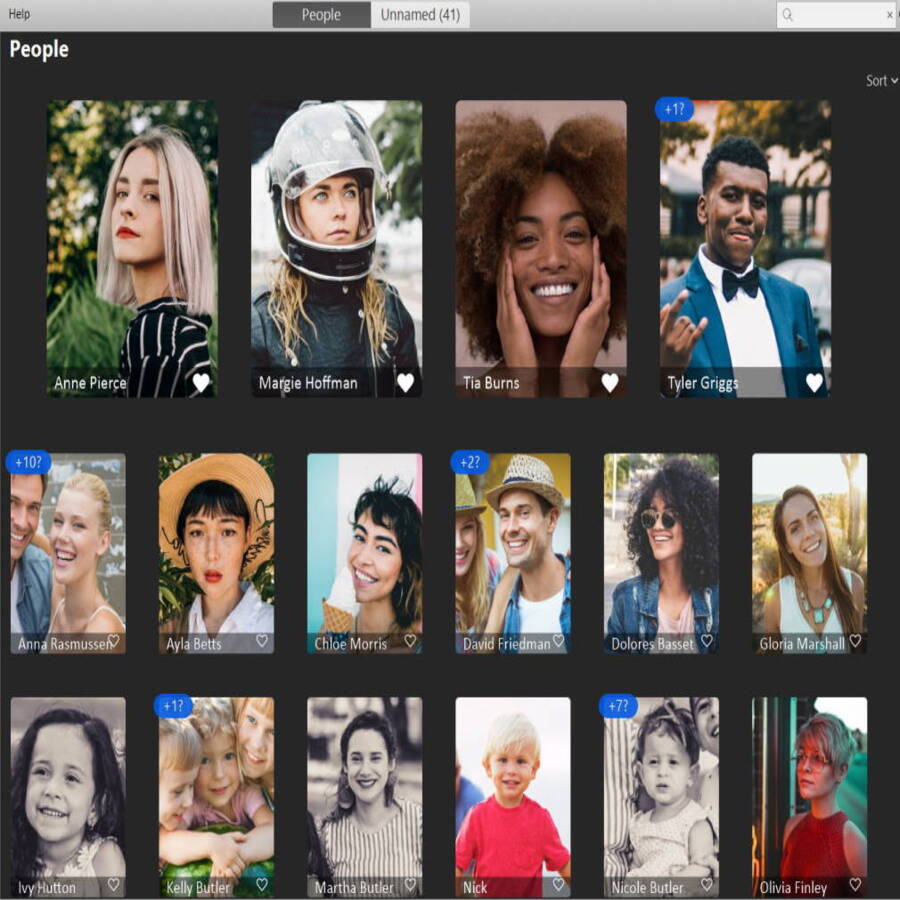
Facial Recognition in Mobile Devices: Built-in Security Features
Facial recognition technology has become a fundamental security feature in mobile devices. Modern smartphones now offer user authentication methods like fingerprint scanning, but facial recognition has quickly emerged as a trusted alternative. Below are the key advantages and applications of built-in facial recognition in mobile devices:
- Fast and Convenient Unlocking: Users can access their devices quickly without entering a PIN or drawing a pattern. Simply looking at their phone’s camera grants them entry.
- Enhanced Security: Facial recognition offers a higher level of security. It’s harder to replicate someone’s face than to guess a password.
- App Privacy: Some applications require additional security. With facial recognition, only the authorized user can access sensitive apps like banking or email.
- Payment Authentication: Mobile payments are safer when combined with facial recognition. It assures that only the device owner authorizes transactions.
- User Recognition: Devices with facial recognition can identify different users, thus personalizing settings and content for each one.
Manufacturers continue to refine facial recognition features, enhancing accuracy and speed. These improvements are crucial, as they impact trust in this technology. For facial recognition to remain a staple in mobile device security, developers must keep advancing system reliability and protecting user privacy.
Impact of Facial Recognition on Healthcare and Genetic Analysis
Facial recognition technology is revolutionizing healthcare and genetic analysis in numerous ways. It provides tools for early diagnosis and personalized treatment plans. Here’s how facial recognition applications are making strides in medical fields:
- Early Detection of Genetic Disorders: Facial recognition software can now spot subtle facial traits of genetic conditions. This helps doctors diagnose syndromes earlier. Early detection can lead to better management and treatment outcomes.
- Enhancing Patient Identity Management: Hospitals use facial recognition for patient check-in. It ensures accurate patient identification and prevents treatment errors. Moreover, it streamlines the admission process, making it less stressful for patients.
- Research and Clinical Trials: Researchers utilize facial recognition in studies on genetic disorders. It helps them identify and track the manifestations of various conditions accurately and consistently.
- Remote Patient Monitoring: With the help of facial recognition, remote monitoring becomes more viable. Physicians can observe patients over video calls. They can assess health conditions based on visible changes.
- Customizing Prosthetics and Treatment Tools: By scanning patient faces, the technology assists in creating tailored prosthetics. These customized tools enhance comfort and functionality for patients.
- Tackling Medication Non-Adherence: Facial recognition ensures patients take the right medication at the right time. It thereby increases treatment adherence.
These applications of facial recognition in healthcare not only boost patient care but also improve hospital efficiencies. As the technology advances, it promises even greater contributions to medicine and patient wellbeing.
Enhanced Security Measures in Financial Services Through Facial Recognition
The financial sector increasingly relies on facial recognition for security. It adds a layer of defense against fraud and unauthorized access. Here’s how this technology is reshaping financial security measures:
- User Authentication: Banks use facial recognition to verify user identities. Customers can log in to accounts and apps by simply showing their faces. This step eliminates the need for passwords and PINs.
- Fraud Prevention: By comparing client photos with identity documents, facial recognition helps detect imposters. This functionality is crucial for online banking and transactions.
- Secure Transactions: For payments and transfers, facial recognition acts as a confirmation step. It assures that transactions are initiated by the rightful account owner.
- ATM Interactions: Some ATMs are equipped with facial recognition, which provides a keyless access to banking services. This increases convenience and security for customers using ATMs.
- Regulatory Compliance: Financial institutions employ facial recognition to comply with anti-money laundering laws. It helps confirm the identity of individuals opening new accounts or conducting large transactions.
- Customer Service: Some banks use kiosks with facial recognition for customer service. It quickly identifies clients and personalizes their banking experience.
In conclusion, facial recognition offers financial services a tool to protect customers and comply with laws. As this technology evolves, we can expect even more robust security measures to emerge in the financial sector.
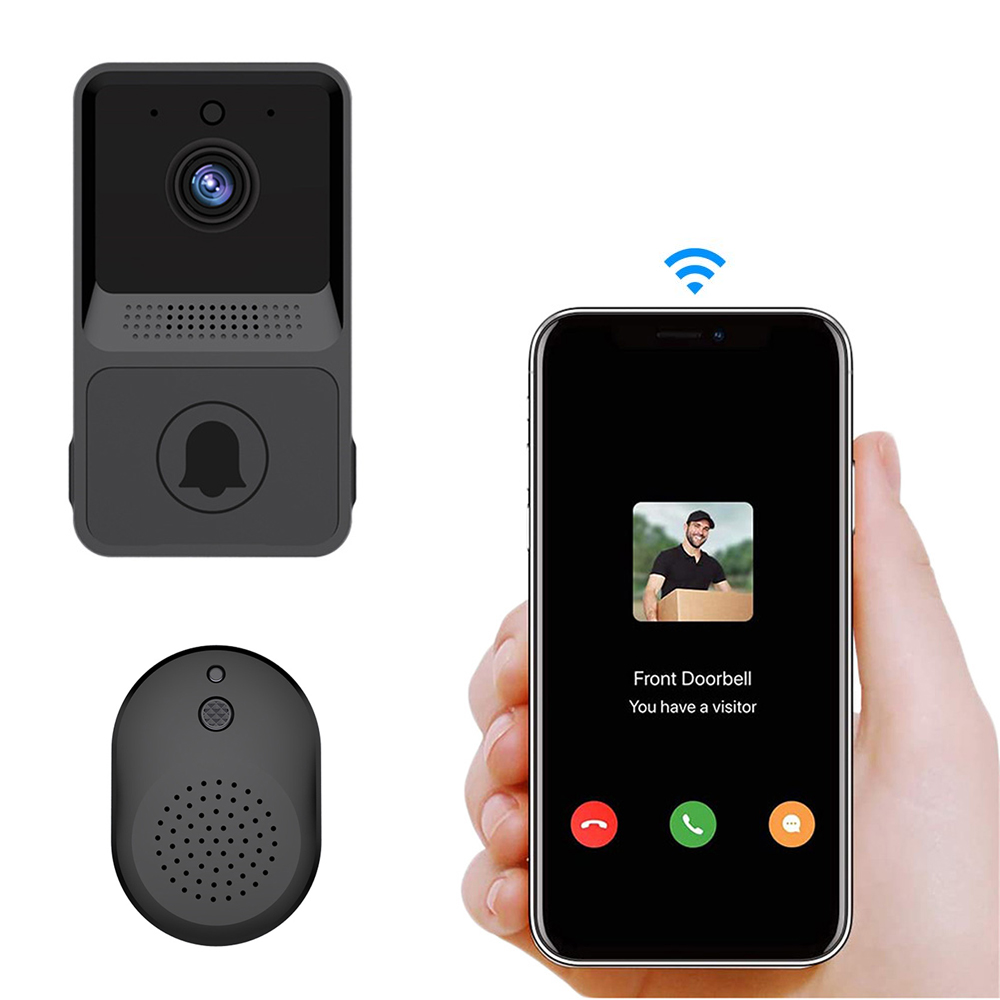
Implementations of Facial Recognition in Law Enforcement and Surveillance
Facial recognition technology has transformed law enforcement agencies globally. It revolutionizes how authorities monitor, detect, and prevent crime. Here are key implementations in this sector:
- Enhanced Surveillance Capabilities: Law enforcement uses facial recognition for real-time surveillance. It scans crowds to identify suspects or missing persons.
- Improvement in Investigation Efforts: Police departments leverage facial recognition to sift through video footage. This aids in faster identification of individuals in criminal investigations.
- Border Control and Airport Security: Airports employ facial recognition to verify traveler identities. This speeds up boarding processes and tightens security against unlawful entry.
- Anti-Terrorism Initiatives: For national security, facial recognition helps spot potential threats. It tracks individuals on watchlists, reducing the risk of terrorist activities.
- Crime Prevention: By recognizing faces in public places, authorities can detect and deter crime. It alerts them to the presence of known offenders in forbidden zones.
Law enforcement’s adoption of facial recognition strengthens public safety and security measures. It allows for proactive crime-fighting strategies and precise identification of individuals. Its usage is expanding, showing its vital role in modern-day policing and security protocols.
Facial Recognition for Identity Verification and Access Control
Facial recognition is transforming how we confirm identity and control access to various spaces. This technology verifies individuals quickly and securely, minimizing the risk of unauthorized entry and enhancing operational efficiency. Here are some key uses in identity verification and access management:
- Quick Check-Ins: At airports and hotels, facial recognition streamlines the check-in process. It replaces manual ID checks, speeding up entry.
- Secure Premises: Companies install facial recognition at entrances. It ensures that only authorized personnel enter sensitive areas.
- Event Management: Organizers use the technology to manage attendee access. It helps prevent ticket fraud and streamlines entry.
- Workplace Attendance: Facial recognition tracks employee attendance. It’s a dependable alternative to traditional timecards.
- Banking Security: Banks employ facial recognition for safer transactions. It ensures the person making a transaction is the account holder.
- Personal Device Access: Personal gadgets like smartphones and laptops use facial recognition for user access. It adds a layer of protection over passwords or PINs.
- Public Safety: In public venues, facial recognition helps identify barred individuals, adding to safety measures.
These applications demonstrate the technology’s vital role in security and access control. As facial recognition becomes more refined, its use in identity verification and controlled access will likely expand, offering more security and convenience for users and organizations alike.
The Role of Facial Recognition in Personalized User Experiences
Facial recognition technology is not just enhancing security; it’s also personalizing user experiences. Here’s how:
- Personalized Advertising: Stores use facial recognition to tailor ads to the customer in real-time, improving shopping experiences.
- Customized Content Delivery: Online platforms analyze viewers’ reactions to adjust and recommend content, creating a more engaging user experience.
- Smart Home Customization: Home devices recognize residents and adjust settings like lighting and temperature to individual preferences.
- Personalized Learning: Education tools use recognition to adapt teaching methods and materials to student engagement levels.
- Interactive Gaming: Video games use facial recognition to change gameplay based on player emotions.
- Social Media Filters: Apps create fun, personalized filters that transform user appearances in photos and videos.
These examples show facial recognition’s role in creating unique, tailored experiences in various aspects of life. Innovations continue to enhance this personalization, promising more adaptive and intuitive services.
Future Prospects: The Growing Scope of Facial Recognition Applications
The future of facial recognition holds immense promise, with applications expanding beyond current uses. Innovations are set to refine and extend the capabilities of facial recognition, potentially leading to new ways this technology can benefit users and businesses alike. Key areas of growth include:
- Advanced Health Monitoring: Developers are eyeing healthcare advancements where facial recognition could monitor patients for signs of illness or distress, possibly even predicting health events before they occur.
- Smart Retail Experiences: In retail, customized shopping experiences could reach new levels. Stores might use facial recognition to offer deals aligned with shoppers’ past behavior or to assist in finding products.
- Education Customization: Schools may harness facial recognition to track students’ attendance and engagement, delivering personalized educational content that adapts to each student’s learning pace.
- Enhanced Public Services: From public transport to community services, facial recognition could offer more tailored, efficient services based on individual needs and habits.
- Interactive Entertainment: The entertainment sector could see a surge in immersive experiences, where facial recognition adjusts content in real time, making games and movies more engaging.
As we venture into this future, ethical considerations and privacy will remain at the forefront. With the growing scope of applications, developing trustworthy systems that respect user data will be crucial for widespread adoption. The potential is vast, and the benefits could reshape our daily lives, but such a future hinges on responsible innovation and deployment.

